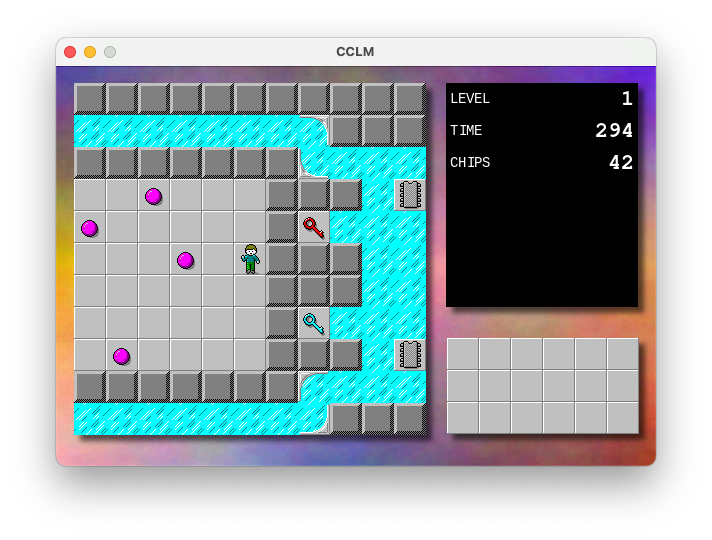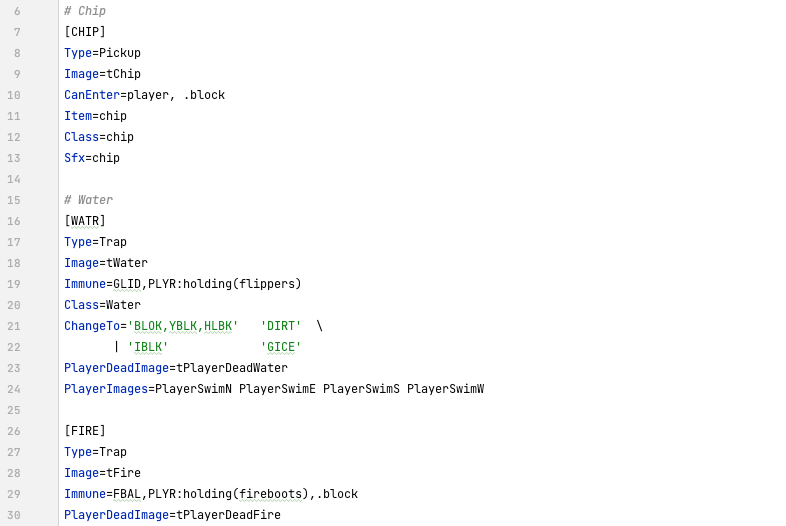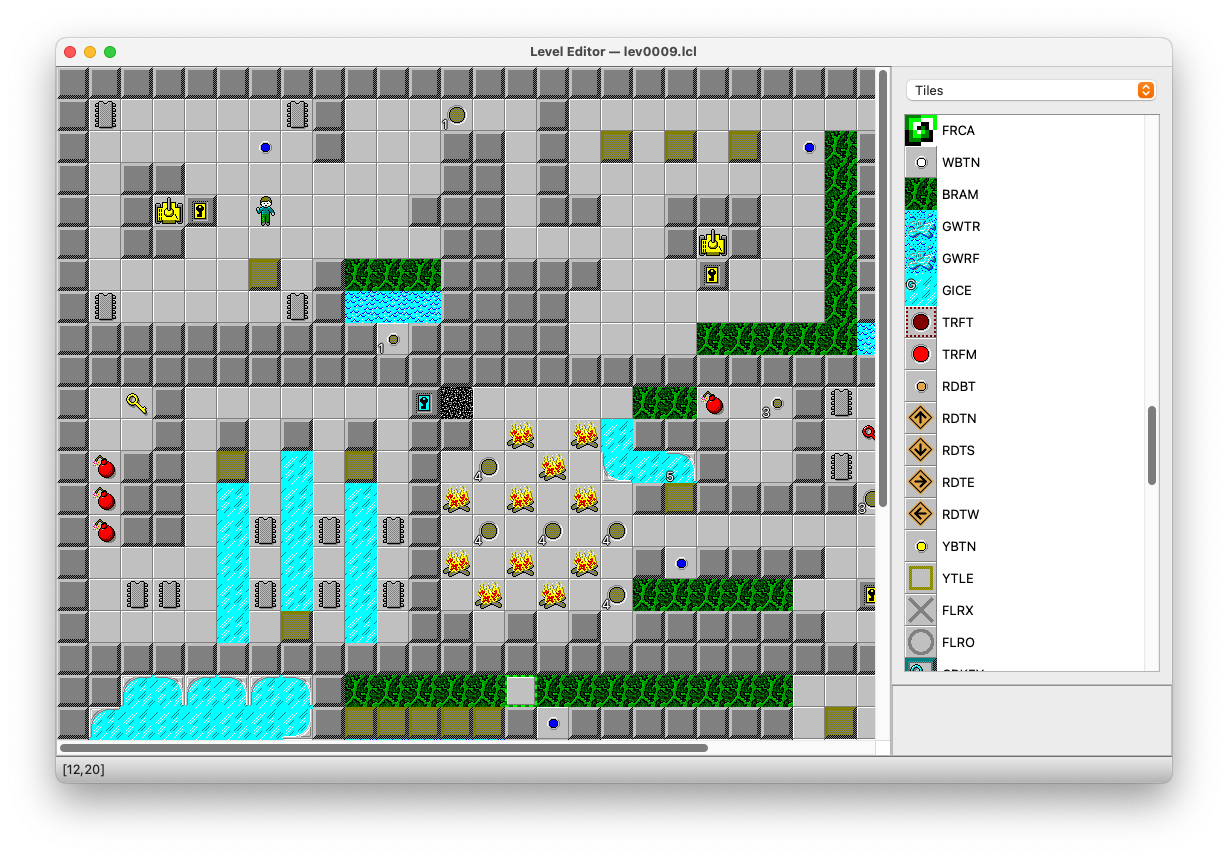Poking Around The Attic Of Old Coding Projects
I guess I’m in a bit of a reflective mood these pass few days because I spent the morning digging up an old project that was lying dormant for several years. It’s effectively a clone of Chips Challenge, the old strategy game that came with the Microsoft Entertainment Pack. I was a fan of the game when I was a kid, even though I didn’t get through all the levels, and I’ve tried multiple times to make a clone of it.
The earliest successful clone I can think of was back when I was using Delphi, which I think was my teens. It’s since been lost but I do recall having a version that work and was reasonably true to the original game as possible. It wasn’t a particularly accurate clone: I do recall some pretty significant bugs, and the code itself was pretty awful. But it was nice to be able to do things like design my own levels (I wasn’t as internet savvy back then and I didn’t go looking for level editors for the Microsoft’s release of Chips Challenge). Eventually I stopped working on it, and after a few updates to the family computer, plus a lack of backups or source control, there came a time where I lost it completely.
Years later, I made another attempt at building a clone. I was dabbling in .Net at the time and I think I was working on it as an excuse to learn C#. I think I got the basics of the game and associated level editor working but I didn’t get much further than that. Either I got bored and stopped working on it.
I started the latest clone nine years ago. I can’t remember the original motivation. I was just getting into Go at the time and I think it was both to learn how to build something non-trivial in the language, and to determine how good Go was for building games. Although this is probably just a rationalisation: I’m sure the real reason was to work on something fun on the side.

Over the first five years of its life or so, I worked on it on and off, adding new game elements (tiles, sprites, etc.) and capabilities like level scripts. One thing I am particularly proud of was building a mini-language for selecting game elements using something akin to CSS selectors. Want to select all wall tiles? Use the selector SOLD. How about configuring a water tile to only allow gliders and the player but only if they have the flipper? Set the Immune attribute of the water tile to GLID,PLYR:holding(flippers). This was particularly powerful when working on tile and sprite definitions.

I didn’t put as much effort into content however. As of today, there are only 18 or so unique levels, and about half of them are ones that I consider good. I certainly put little effort into the graphics. Many of the tile images were just taken from the original tile-set and any additional graphics were basically inspirations from that. This blatant copyright violation is probably why this project won’t see the light of day.

I’m impressed on how Go maintains its backwards capability: moving from 1.13 to 1.19 was just a matter of changing the version number in the .mod file. I haven’t updating any of the libraries, and I’m sure the only reason why it still builds is because I haven’t dared to try.
I’ll probably shouldn’t spend a lot of time on this. But it was fun to revisit this for a while.
One final thing: I might write more about projects I’ve long since abandoned or have worked on and haven’t released, mainly for posterity reasons but also because I like reflecting on them later. You never know what you’d wish you documented until you’ve lost the chance to do so.